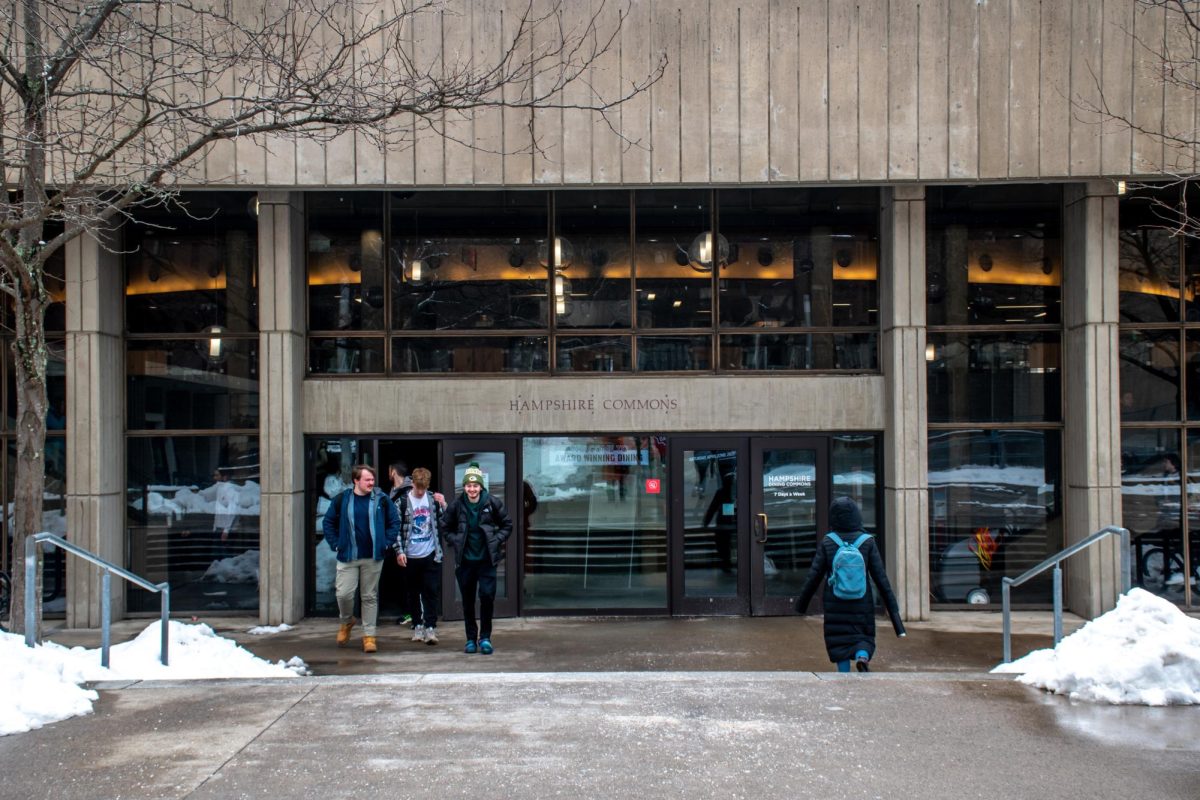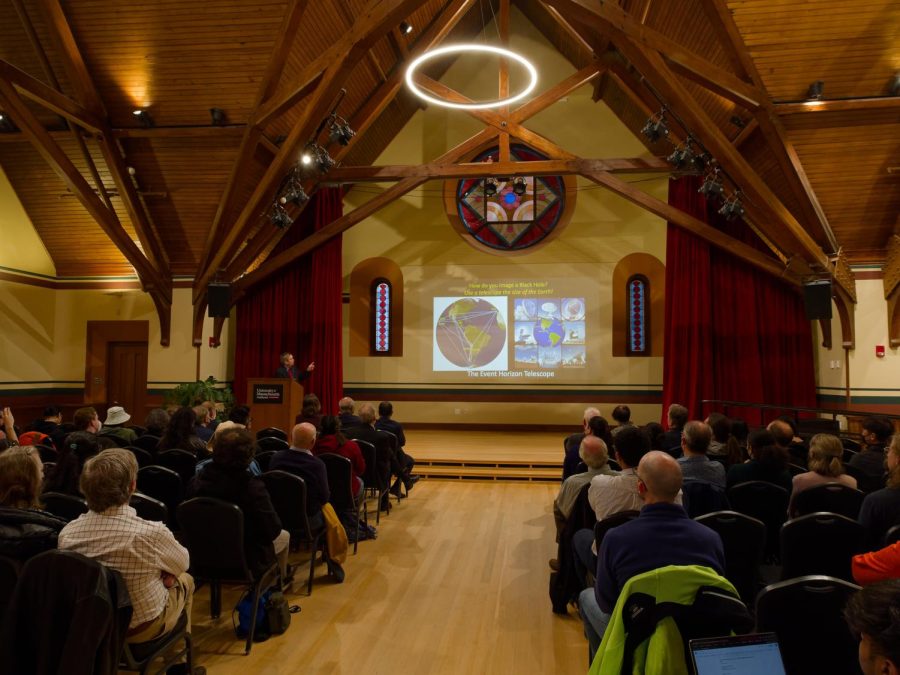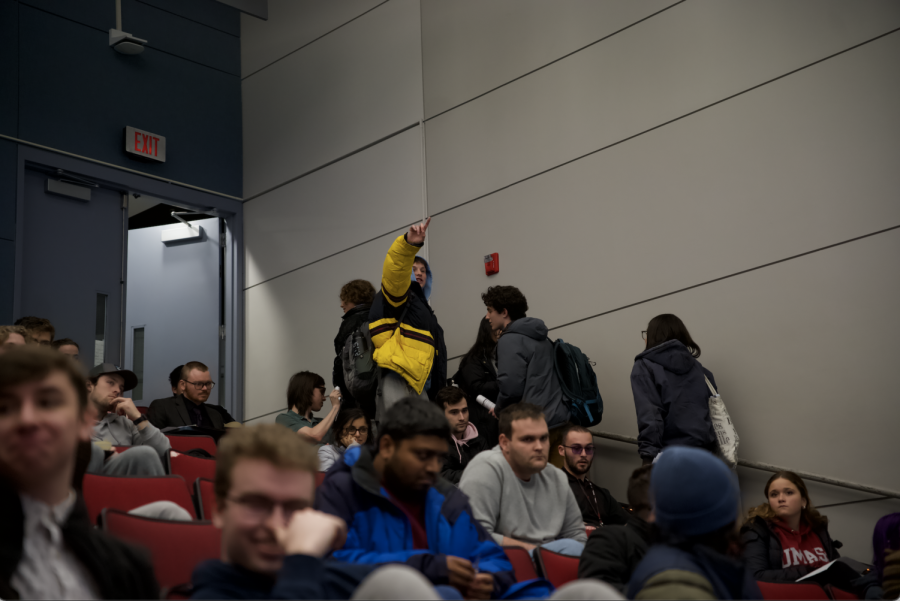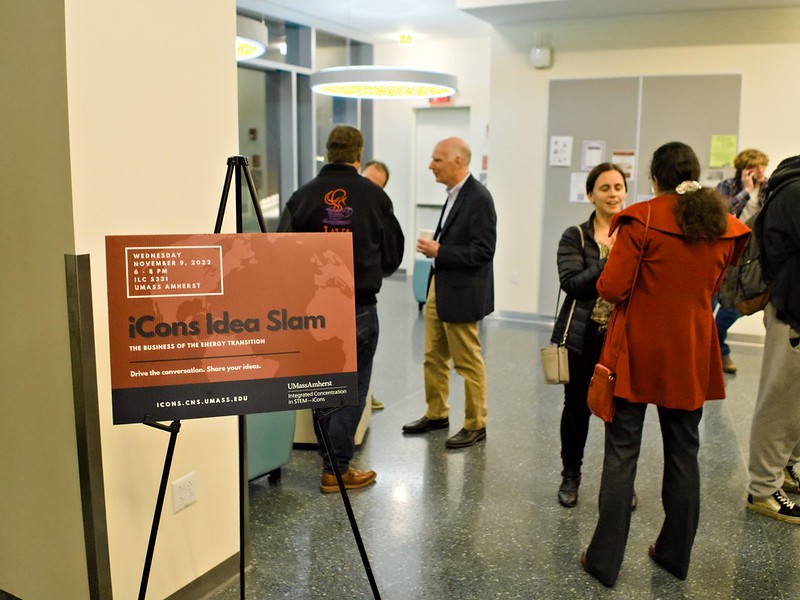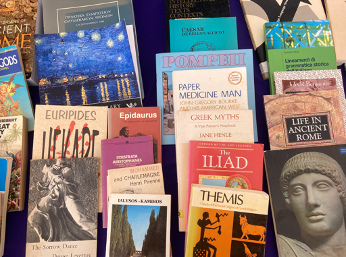The ability to map the mood of an entire city may seem far-fetched, but with the use of social media—specifically Twitter—research company New England Complex Systems Institute made it happen.

Karla Bertrand of NESCI press relations said that the institute focused on spatial geography, and the use of Twitter would help provide good information concerning people’s moods about certain areas.
University of Massachusetts alumna Maya Bialik is part of the research team.
“We wanted to see and show what could be done in social geography,” Bialik said. “The study of social systems is being advanced by the availability of social media data. We chose to tackle sentiment because it’s not clear at first glance that we can understand people’s feelings from the available data [tweets].”
The research project used data and an algorithm from Twitter to take glimpses of the mood in New York City and was able to follow it in real time. Bialik said that New York City was chosen “for no special reason, except we expected there would be enough geotagged tweets.”
Bialik also believed there would be some interesting and unexpected findings in New York City.
According to a press release on the institute’s website, the research group was able to discover patterns in the variations of Twitter users’ feelings.
“On the whole, tweets are most positive near public parks like Central Park and the New York Botanical Garden, and most negative around transportation hubs,” the release said.
It was also noted that at different times the mood would shift, generally peaking at midnight, and dipping between nine a.m. and 12 p.m.. A map depicting patterns of mood was created based on the analysis, which provided detailed and accurate data.
The original research group gathered in April 2012. Bialik got involved in the last piece of data analysis, as well as a lot of writing and editing, at the beginning of the summer.
Bertrand said that “it would be interesting” for businesses to take the data into account when thinking about where people are shown to be less happy.
This research, however, only focuses on where various moods take place.
“People are just shown to be happier in a place that offers sights and greenery,” Bertrand said, referring to Central Park.
Bertrand said it would be great if the project could expand, and is looking into two other major cities, Boston being one of them.
Catherine Ferris can be reached at [email protected].


